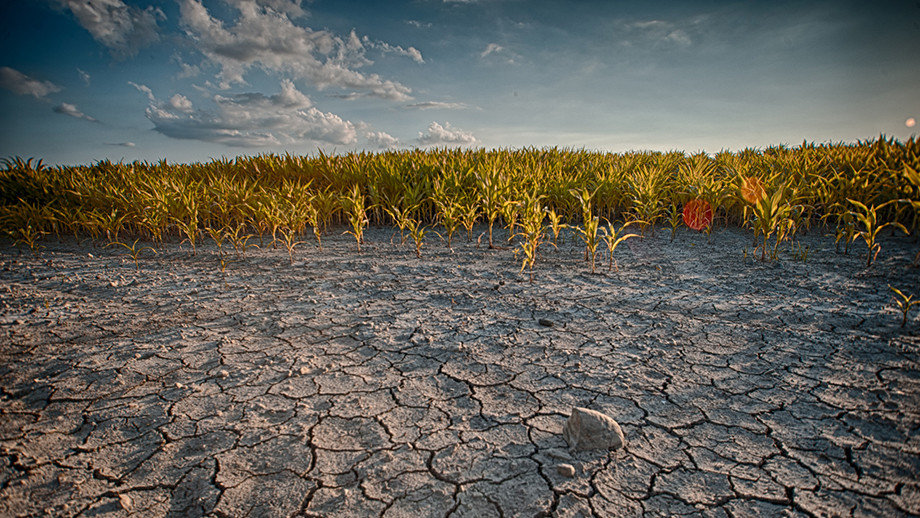Australia must prepare for “devastating” climate-fueled disruption in the Asia-Pacific, including failed states, forced migration and regional conflicts over water shortages, a stark briefing for federal politicians warns.
The Breakthrough National Centre for Climate Restoration thinktank has summarised the potential threats and impacts of the climate crisis in a note targeted at MPs.
Breakthrough is seeking to galvanise political debate on the scale of the challenges posed, as the findings of a recent threat assessment by Australia’s Office of National Intelligence (ONI) remain classified.
In a paper to be released on Thursday, the thinktank says the ONI report is “likely to have said that the world is dangerously off track to meet the Paris Agreement goals, the risks are compounding and the impacts will be devastating in the coming decades”.
“In the Asia-Pacific region, states will fail and climate impacts will drive political instability, greater national insecurity and forced migration, and fuel conflict,” the paper says.
“There will likely be a further retreat to authoritarian and hyper-nationalist politics, the diminution of instruments of regional cooperation, and increased risks of regional conflict, including over shared water resources from the Himalayas and Tibetan Plateau, encompassing India, Pakistan, China and south-east Asian nations.”
Prepared by Breakthrough research director David Spratt, the note acknowledges projections are difficult to make because the physical impacts of climate change and the system-level changes “compound and cascade” in a non-linear way.
“What we do know is that there will be outcomes that virtually no one will see coming, such as happened when drought and desertification in eastern Syria compounded with the dynamics of the Arab Spring to unleash the Syrian war.”
Spratt’s paper said that while the consequences remained uncertain, it was possible to prepare “a sketch of some plausible outcomes before mid-century in the Asia-Pacific”.
They may include severe economic jolts caused by conflict and labour displacement, as well as the “inundation and destruction of economic infrastructure, and disruption to supply chains, including in the South China Sea”.
The paper suggested “a worsening of extreme and concurrent climate events with impacts beyond the response capacity of national governments”, which could result in China taking on a bigger role in responding to events in vulnerable states, “especially as Australia’s disaster relief capacity is underfunded and overwhelmed”.
Prof Andy Pitman, the director of the Australian Research Council Centre of Excellence for Climate Extremes at the University of New South Wales, agreed that “tipping points” needed to be considered.
“The risk of several global-scale tipping points being triggered this century has increased, according to the scientific literature,” Pitman said.
“Given the magnitude of the outcomes to Australia, incorporating these risks into a national risk assessment is essential.”
The paper contrasted the approach taken by the Australian government – which commissioned an “urgent” climate threat assessment by ONI after the 2022 election but has not released it – with that of the US. The Biden administration has published an intelligence assessment of climate security threats.
In the UK, the Chatham House thinktank concluded in 2021 that cascading climate impacts would “drive political instability and greater national insecurity, and fuel regional and international conflict”.
Spratt called for transparency about the ONI assessment, asking how MPs could oversee climate, defence and foreign policy without being aware of the findings.
Breakthrough also questioned the government’s plans to complete a separate national climate risk assessment by the end of 2024.
Ian Dunlop, a senior member of the Breakthrough advisory board, said: “We have run out of time … This is the most important issue anybody faces around the world right now and it’s being treated as just yet another walk in the park politically”.
Chris Barrie, a former Australian defence force chief and now executive member of the Australian Security Leaders Climate Group, said there was “a danger that the climate risk assessment will focus on the detail but miss the big global picture”.
“The climate-fueled heatwaves and fires raging in the northern hemisphere and a potential El Niño summer at home should be driving the Australian government to urgently face up to the security threats climate change poses to our nation,” Barrie said.
The government’s defence strategic review, released in April, included a chapter warning that climate change was increasing the demand on the ADF for humanitarian assistance and disaster relief tasks.
Asked whether the review had drawn on the ONI assessment, the Department of Defence said the reviewers “had access to a range of material to perform their analysis at both a classified and unclassified level”.
The defence minister, Richard Marles, has previously told Guardian Australia that climate change would affect the shape of the defence force. He said scarcity of resources would “give rise to greater tension”
SOURCE: THE GUARDIAN/PACNEWS














